Are you ready to be bold? To be EMPOWERED? Then all you need is the right tools.
Selecting the best brushes for acrylic painting is like choosing the perfect tool for crafting your masterpiece. Each brush serves a unique purpose, and understanding these nuances can elevate your creative process. Let's explore the key factors that will guide you in selecting the ideal brushes for your artistic journey.

What to Consider When Choosing a Brush
Bristle Type
- Synthetic Bristles
- Material: Crafted from nylon or polyester.
- Characteristics: These bristles are resilient, hold their shape, and are easy to clean, making them a staple for any artist's toolkit.
- Best For: They excel in providing smooth, even strokes, perfect for detailed work and ideal for both beginners and experienced artists.
- Natural Bristles
- Material: Sourced from animal hair such as hog, sable, or squirrel.
- Characteristics: Known for their superior paint-holding capacity and ability to create rich textures, these bristles offer a distinct tactile experience.
- Best For: Seasoned artists who appreciate the nuanced textures and high paint load that natural bristles deliver.

Brush Shapes
- Round Brushes
- Use: Versatile for detailing, outlining, and sketching with precision.
- Characteristics: The pointed tip allows for fine lines and smooth washes, a true artist's ally.
- Flat Brushes
- Use: Ideal for making bold strokes, filling large areas, and creating crisp edges.
- Characteristics: With a square end and long bristles, they offer control and coverage in equal measure.
- Bright Brushes
- Use: Perfect for short, controlled strokes and navigating tight spaces.
- Characteristics: Similar to flat brushes but with shorter bristles, they provide enhanced control.
- Filbert Brushes
- Use: Essential for blending, achieving soft edges, and crafting varied strokes.
- Characteristics: Their rounded edge merges the best of flat and round brushes, offering versatility.
- Angle Brushes
- Use: Excellent for painting curves, angled shapes, and creating dynamic lines.
- Characteristics: The slanted bristles provide precision and flexibility.
- Fan Brushes
- Use: Ideal for blending backgrounds, creating textures, and painting elements like foliage or clouds.
- Characteristics: The fanned-out bristles are perfect for adding texture and depth.

Brush Size
Most artists are tempted to use their favorite brush. However, it is better to use a variety of brush shapes and sizes to create more dynamic and interesting work.
- Small Brushes (0-2)
- Use: Tailored for fine details and intricate work, they bring your most delicate ideas to life.
- Medium Brushes (4-8)
- Use: Versatile for a wide range of painting needs, they are the workhorses of your brush collection.
- Large Brushes (10 and above)
- Use: Perfect for covering large areas and making bold, expressive strokes.

Quality and Brand
Use brushes that maintain their shape, have securely attached bristles, and provide a comfortable grip, ensuring they support your creative process.
Purchase interlocking brushes: If you have a cheaper brush that is not interlocking, it probably won’t keep its shape. Interlocking brushes are formed in the desired shape to prevent spreading out.
Brand Recommendations
-
Milan Art Brushes: After years of frustration over a lack of affordable quality brushes, we decided to design our own in-house brushes. Our FEARLESS Mixed Media Brush set is the ultimate mix of soft and firm artist brushes; they are ready to take on your most intense mixed media projects, from acrylic to watercolor and inks to the thickest oils. Colored handle tips allow you to associate each brush with a use so that you can more easily stay in your right brain, allowing creativity to flow.
Our Set Includes: Interlock Bronze B-6, Interlock Bronze B-12, Med. Floater, Eye of the Tiger 640 Oval, Eye of the Tiger 620 Oval 8, Faux Sable 172 Round 8, Faux Sable 172 Jumbo 16, 1422 Bristle/ Ox 2”
*Can be purchased as a set, individually or in our art kits - Winsor & Newton: Renowned for their high-quality brushes, offering a variety of shapes and sizes to suit all artistic needs.
- Princeton: Known for its durable and affordable brushes, which are perfect for artists at any stage.
- Royal & Langnickel: Celebrated for their versatile and long-lasting brushes.
- Da Vinci: Synonymous with fine craftsmanship and premium materials, ideal for professional artists.
Handle Length
- Short Handles
- Use: Best for fine detail work and close-up painting, offering superior control and precision.
- Long Handles
- Use: Suited for easel painting and broad strokes, allowing a greater range of motion and distance from the canvas.
Consider Price
Start with a basic set that includes a variety of shapes and sizes. As your skills and artistic vision grow, investing in higher-quality brushes will enhance your creative output. Many cheap brushes could add up to a high-quality brush that will last you years.
Purpose and Technique
Specific Techniques
- Identify the techniques you frequently use, such as glazing, dry brushing, or impasto, and choose brushes designed for those methods.
Project Requirements
- Consider the nature of your projects, whether detailed illustrations or large, expressive pieces and select brushes that align with your artistic goals.

How to Care for Your Brushes
Cleaning:
Before walking away for the night, clean your brushes. The worst thing you can do for them is have them soaking in a jar.
- Clean the paint off your brush by rubbing and wiping the excess paint off with a clean paper towel.
- Rinse with water and, when necessary, a light detergent.
- Reshape your brush bristles with your fingers.
- Dry and store brushes sitting upright in a jar with the bristles upward or lying flat on a table.
- Only use mild soaps to thoroughly clean your brushes if you're not going to paint for a while (like a week or more). If you paint regularly, there is no need to use soap on your brushes all the time; only an occasional cleaning is needed.
Restoring:
If you have brushes that are too dirty and crusty, try using rubbing alcohol to break up the paint. If the brush is so dirty that you want to throw it away, soak it overnight in Murphy's Oil Soap.
Conditioning:
Regularly condition natural bristle brushes with brush cleaner or mild conditioner to keep them soft and pliable.

Masterful Brushstrokes
Choosing the right brush for acrylic painting is an intimate part of your artistic journey. Artists who have command of these tools are able to leave their mark on the world boldly. The brushes you choose have a significant impact on the paintings you’re able to create. They can mean the difference between creating a just okay painting and a potential masterwork.
By considering the type of bristles, shape, size, quality, handle length, price, and your specific painting techniques, you can select brushes that not only complement your style but also enhance your creative expression. Proper care and maintenance will ensure these brushes remain reliable companions on your path to artistic mastery.
If you’re interested in learning more about how to paint making masterful brushstrokes filled with passion and emotion, enroll in our Mastery Program. This professional-level program will teach you this and other important art techniques.
Join the Mastery Program Waitlist for lesson exclusive previews and free artistic resources straight to your inbox. Pursue your passion for art!
Milan Art Institute
Subscribe to Our Blog
Browse Posts
Browse by topics
- art inspiration (45)
- become a professional artist (38)
- art techniques (35)
- art tips (23)
- art tutorial (22)
- art history (17)
- art skills (17)
- hero artists (17)
- painting (14)
- art masters (13)
- art supplies (13)
- drawing (12)
- acrylic painting (9)
- sketching (9)
- art education (8)
- oil painting (8)
- sell your art (8)
- art marketing (7)
- art and travel (6)
- art fun (6)
- artist mindset (6)
- fine art (6)
- travel sketching (6)
- art business (5)
- art studio (5)
- artist brand (5)
- artist voice (5)
- holidays (5)
- professional habits (5)
- traveling (5)
- oil paint (4)
- professional artist habits (4)
- art career (3)
- art resources (3)
- doodling (3)
- professional artists (3)
- urban sketching (3)
- art school (2)
- art therapy (2)
- artist block (2)
- branding (2)
- cleaning (2)
- color (2)
- creative block (2)
- decorative market (2)
- dreams (2)
- paint (2)
- quotes (2)
- surrealism (2)
- art entertainment (1)
- art galleries (1)
- art influencers (1)
- art markets (1)
- art photography (1)
- art portfolio (1)
- collecting art (1)
- coloring (1)
- composition (1)
- decorative art (1)
- eco friendly (1)
- environment (1)
- impressionism (1)
- mixed media (1)
- narrative art (1)
- plein air (1)
- portraits (1)
- price your art (1)
- right brain (1)
- success stories (1)
- symbolism (1)
- time management (1)
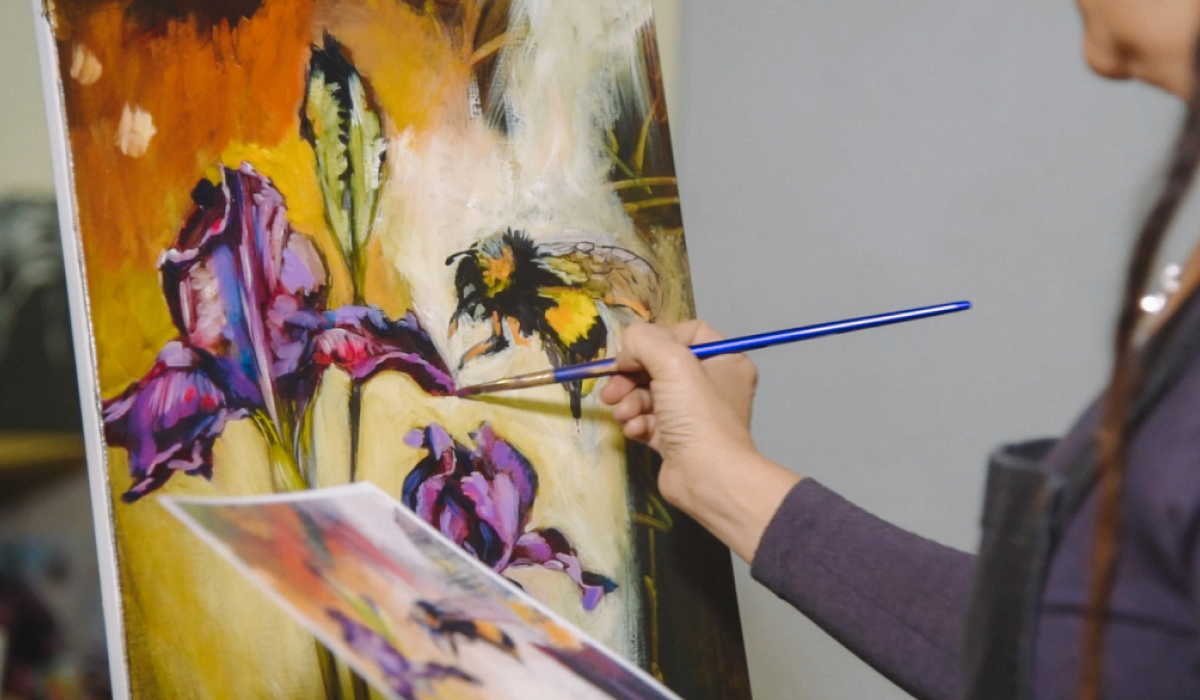
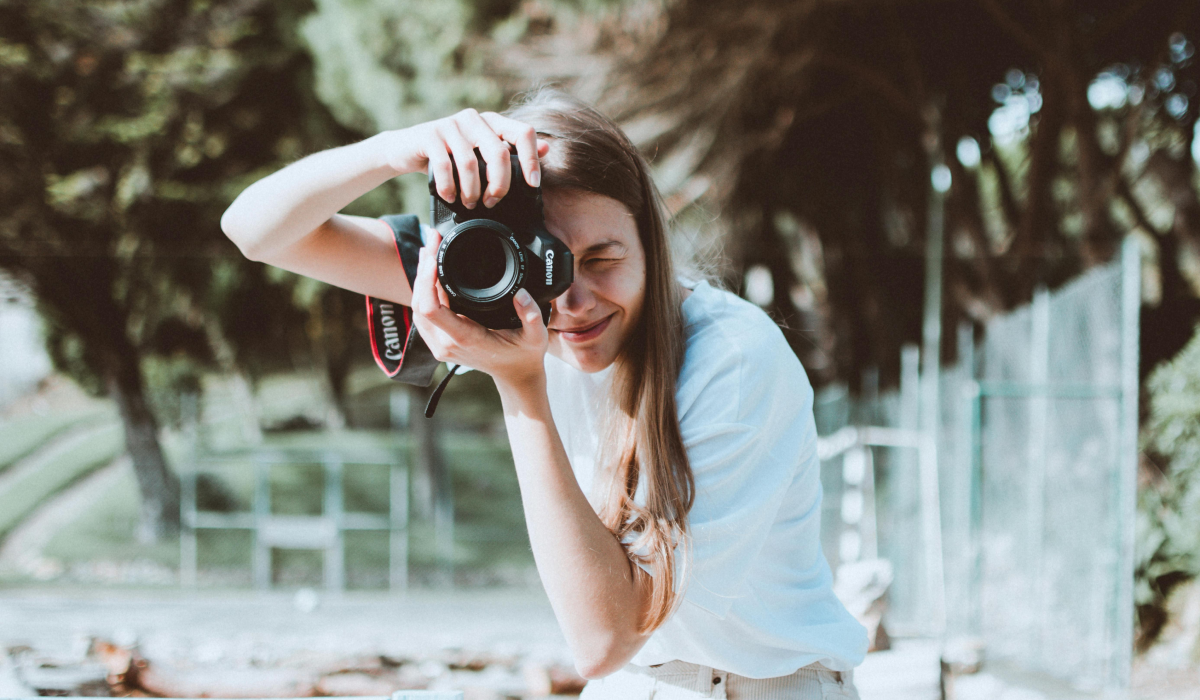


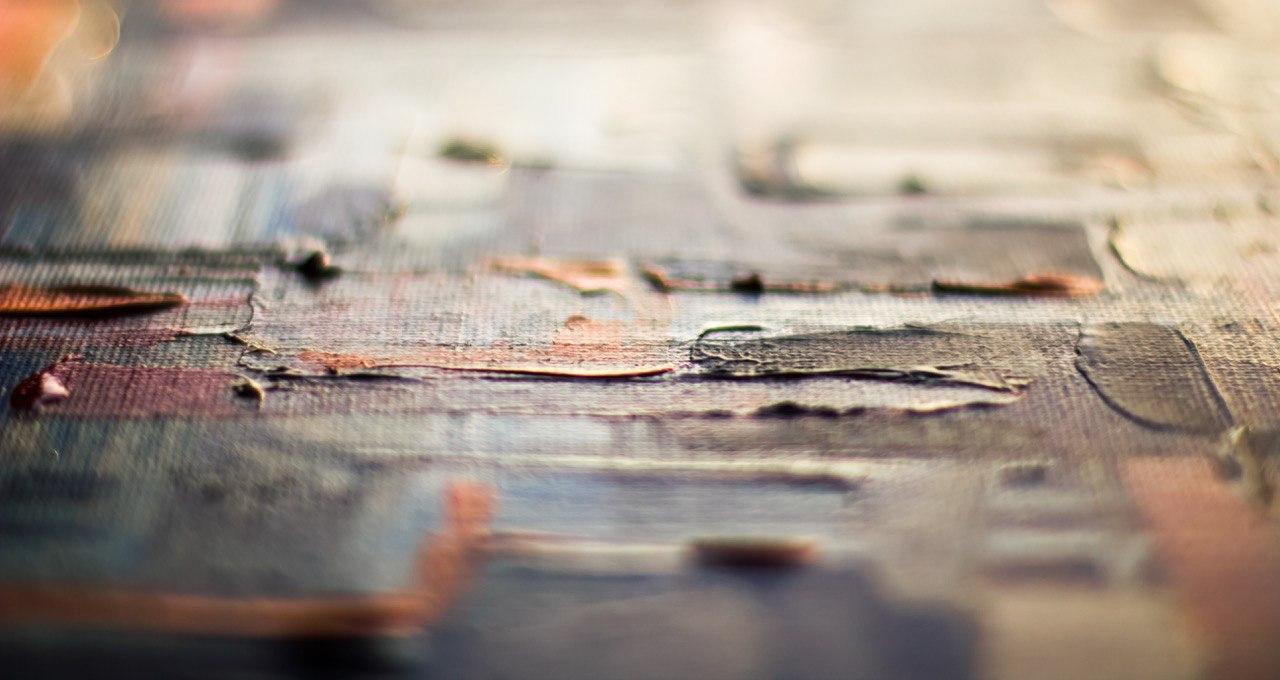
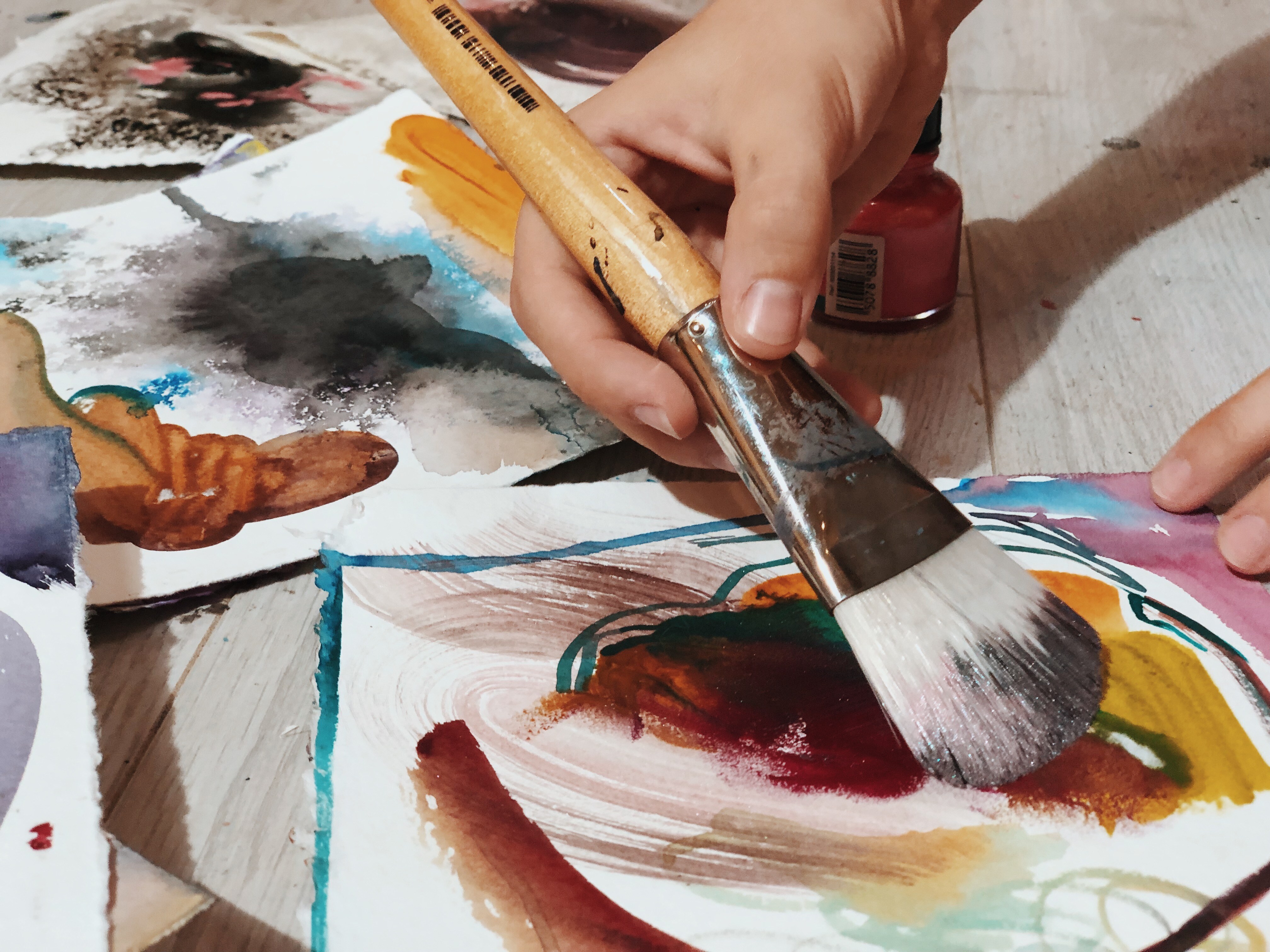
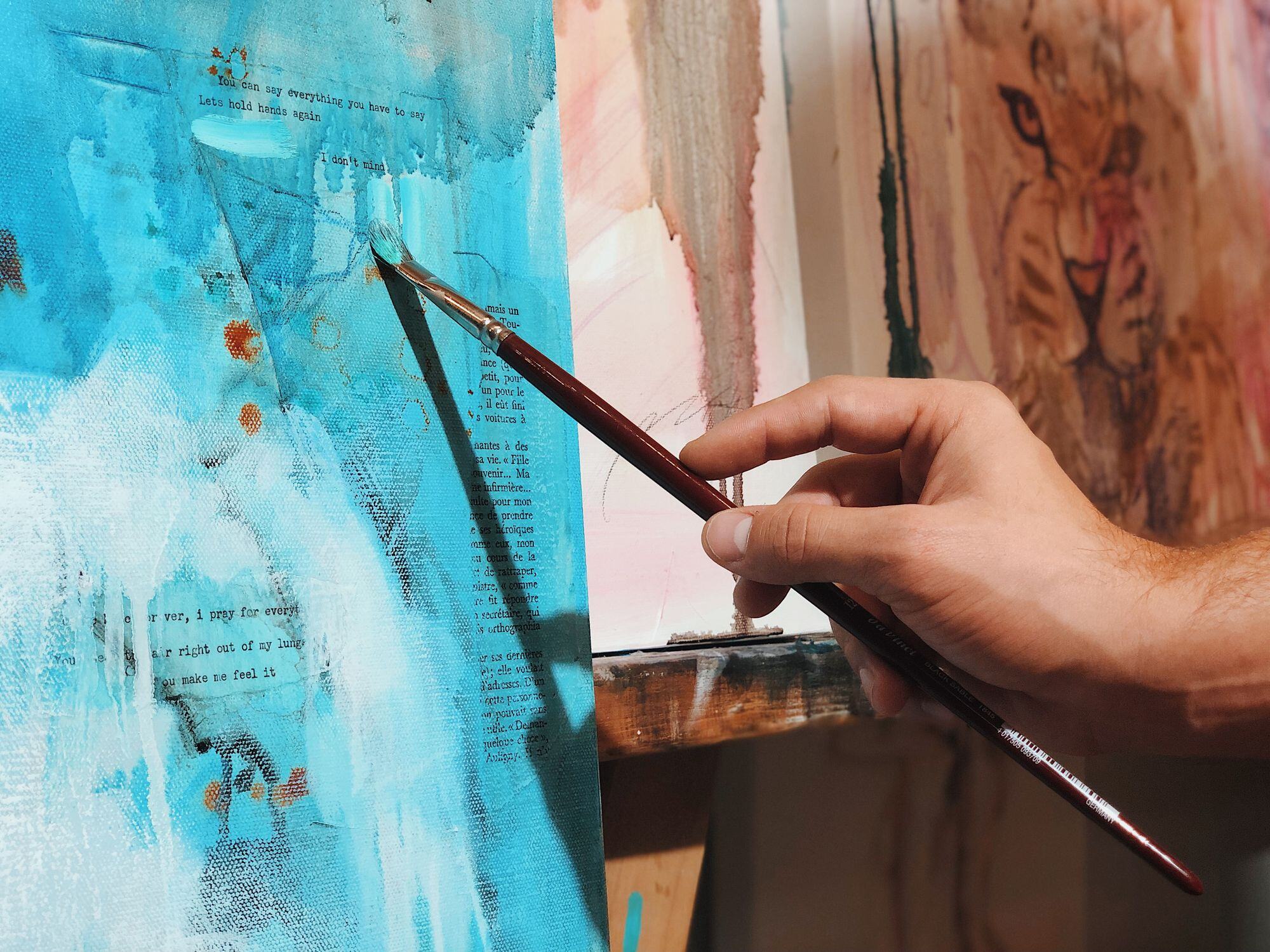
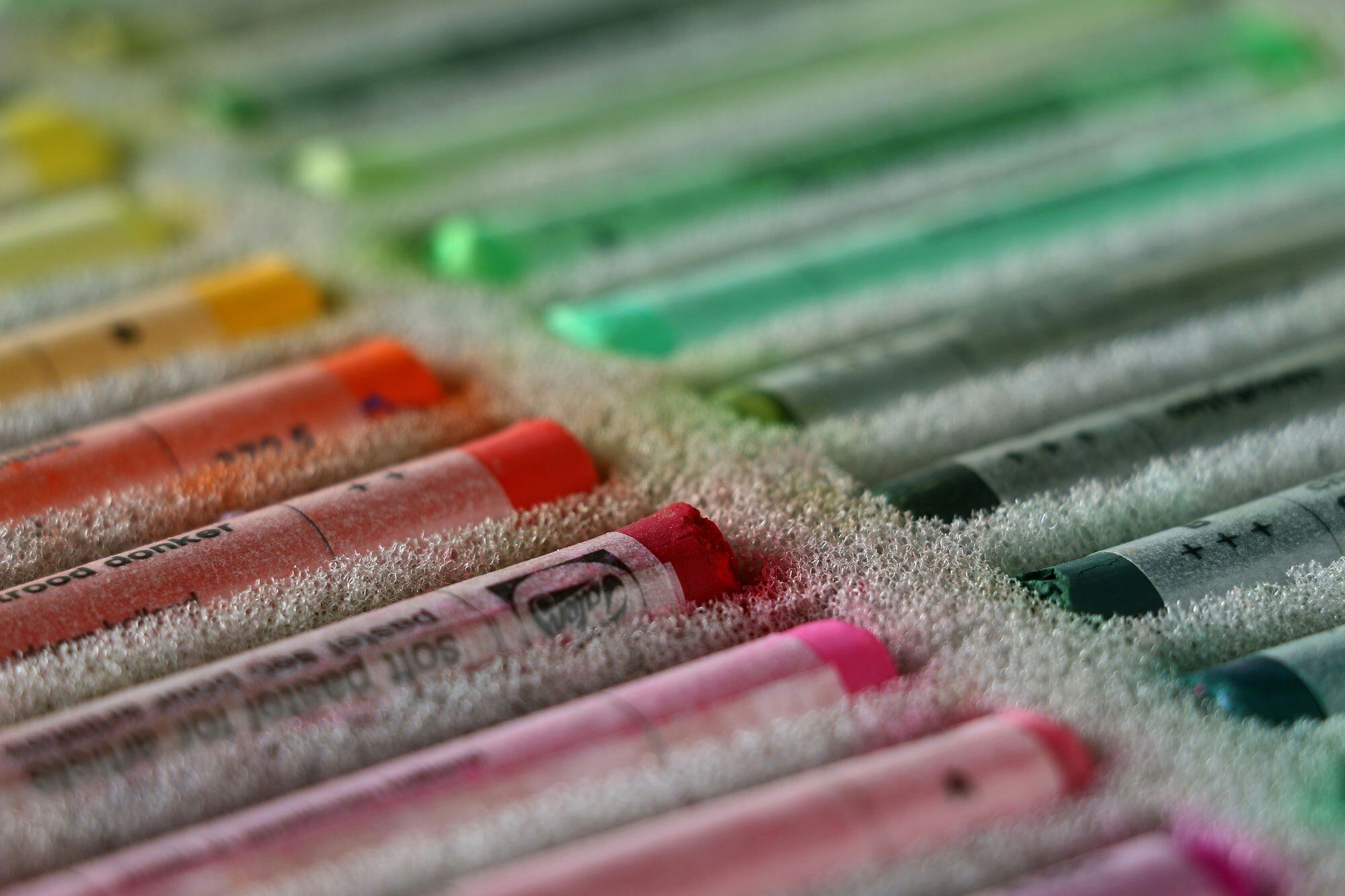

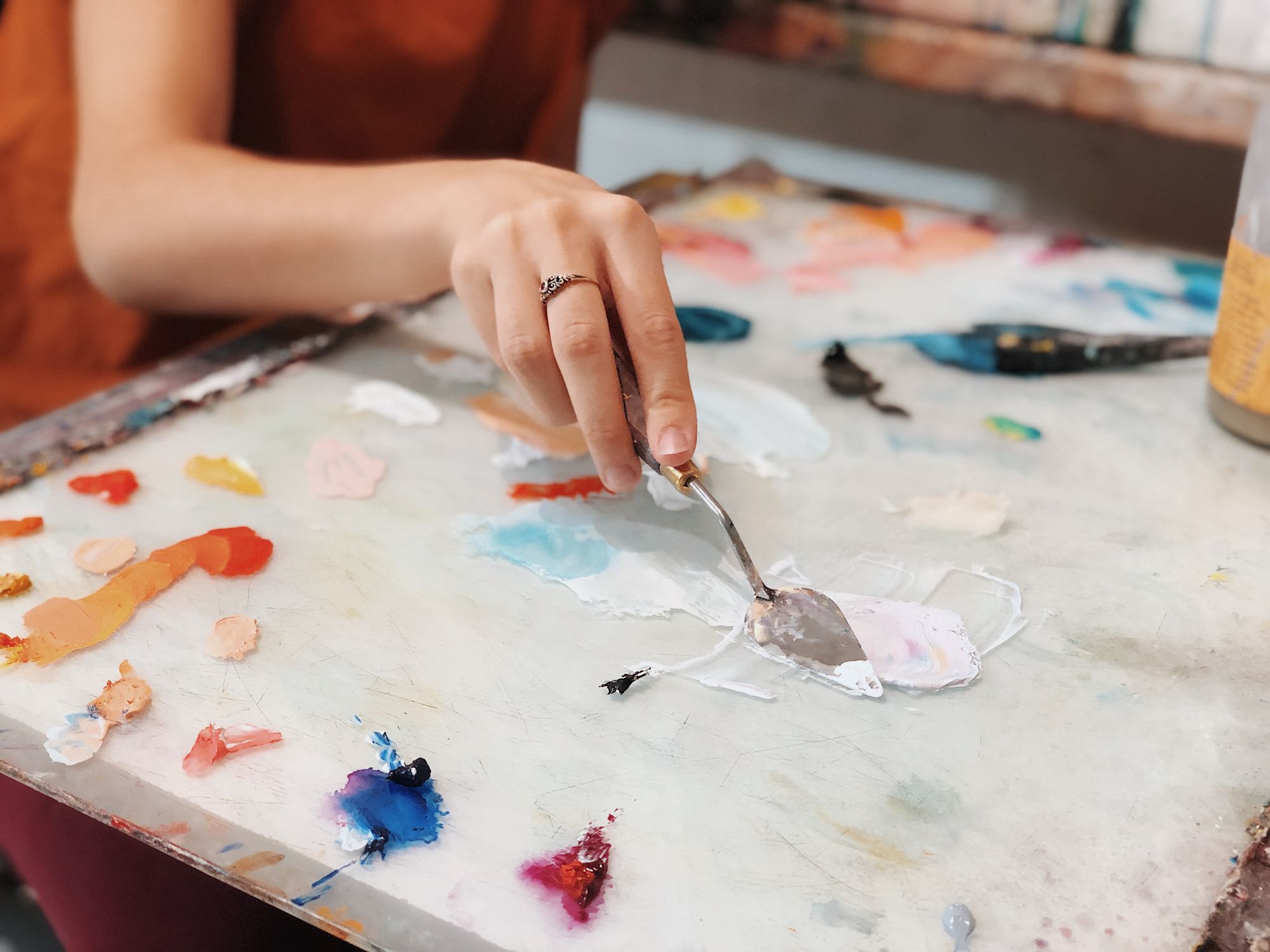
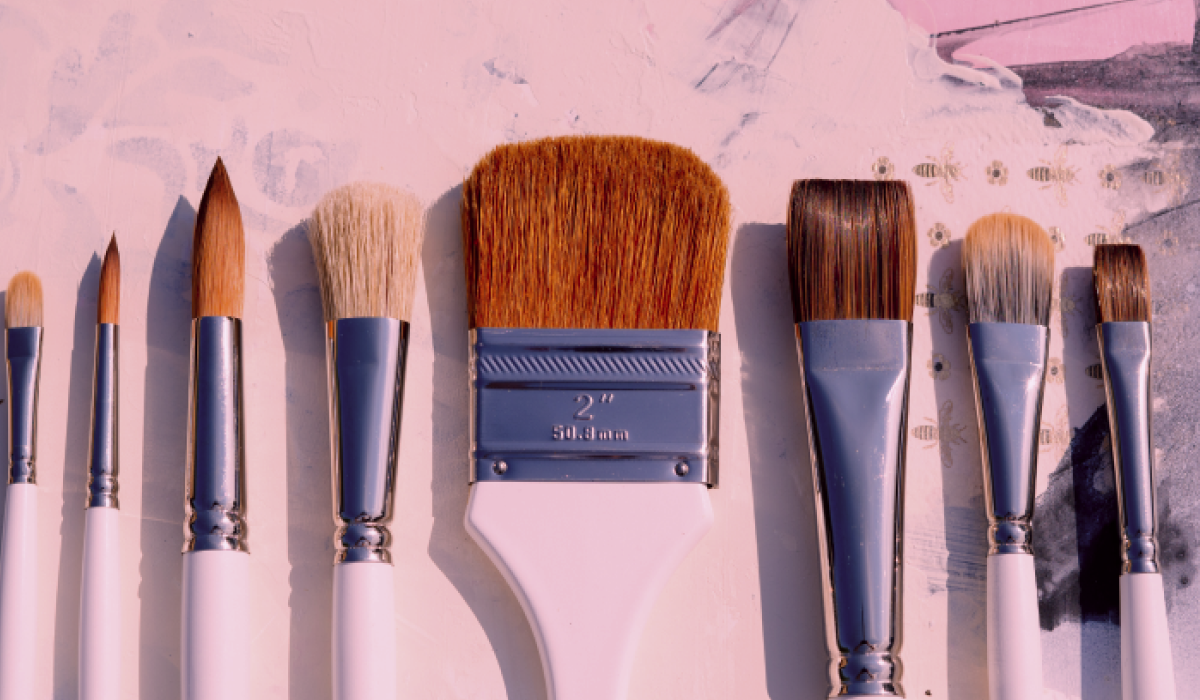
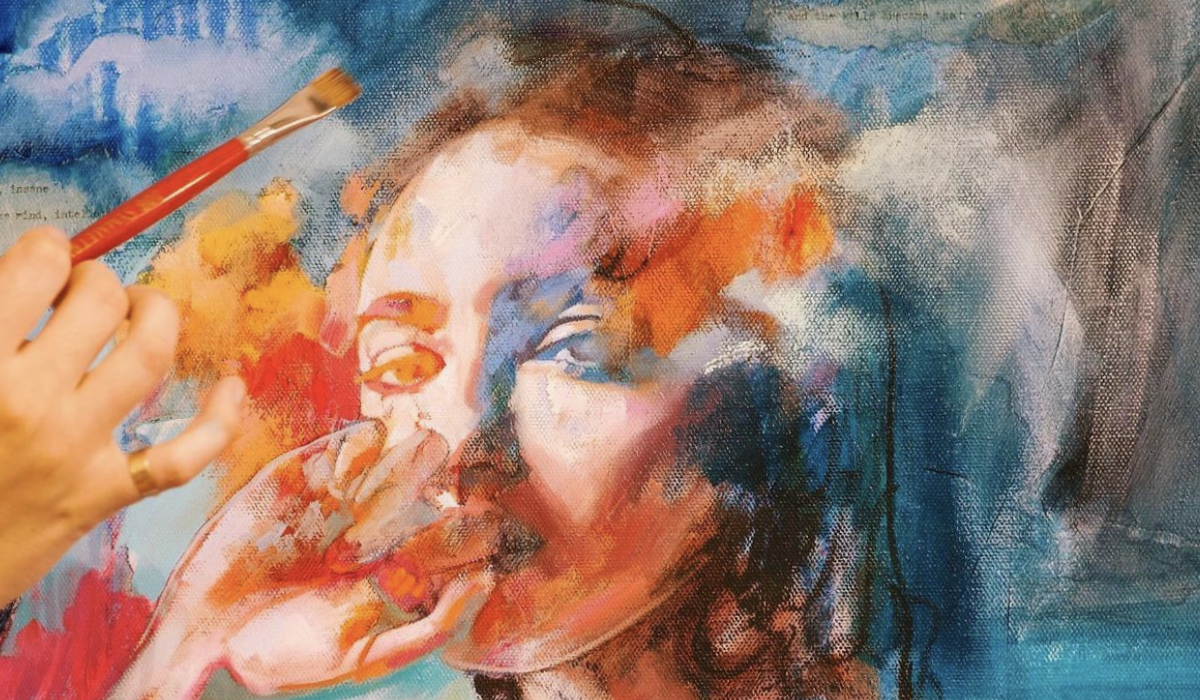
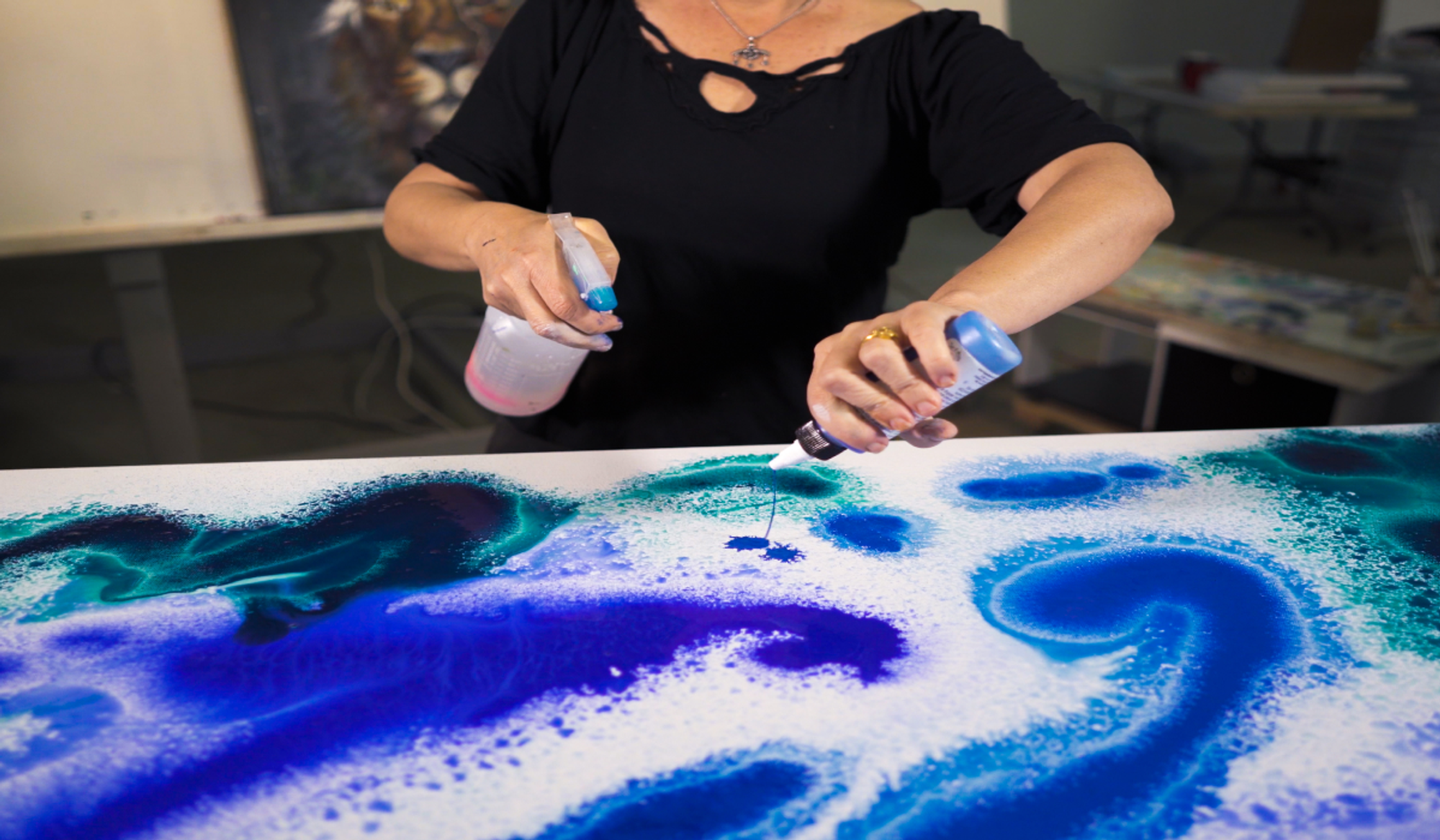
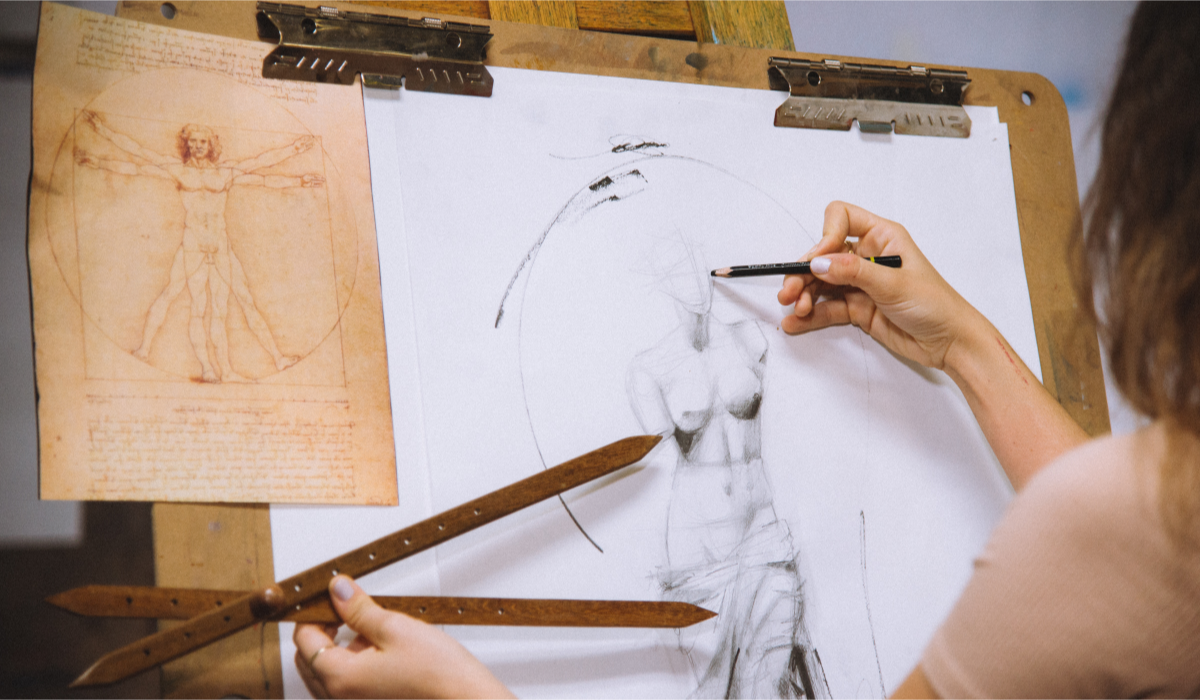
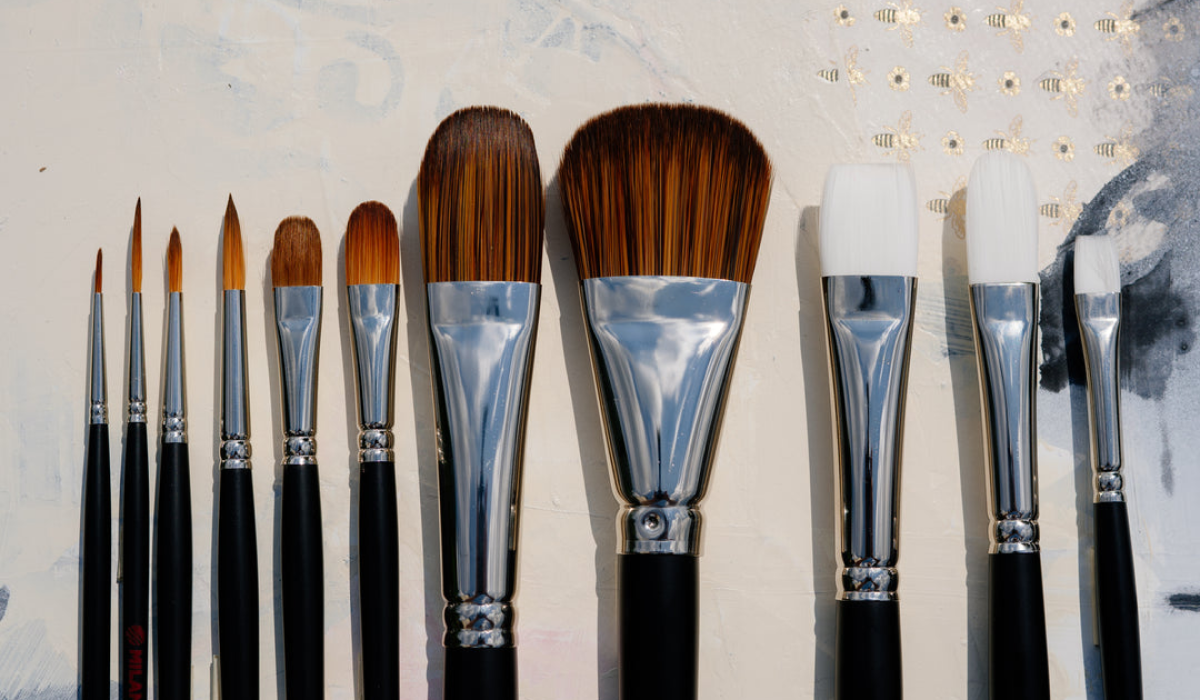
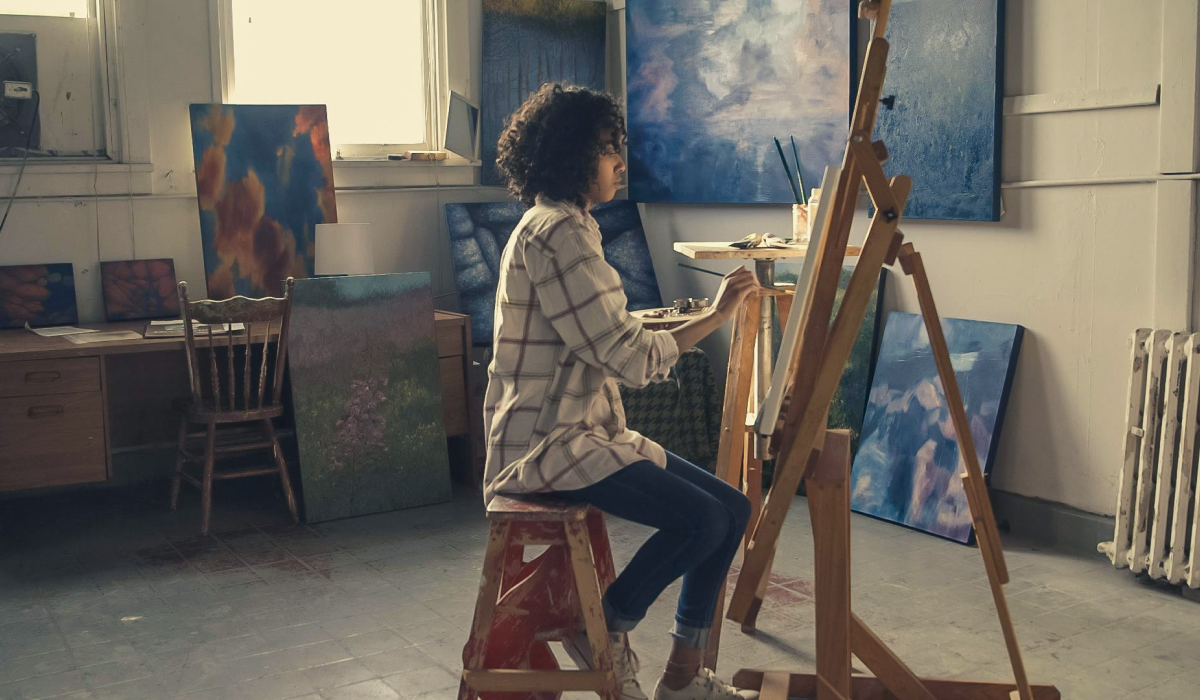
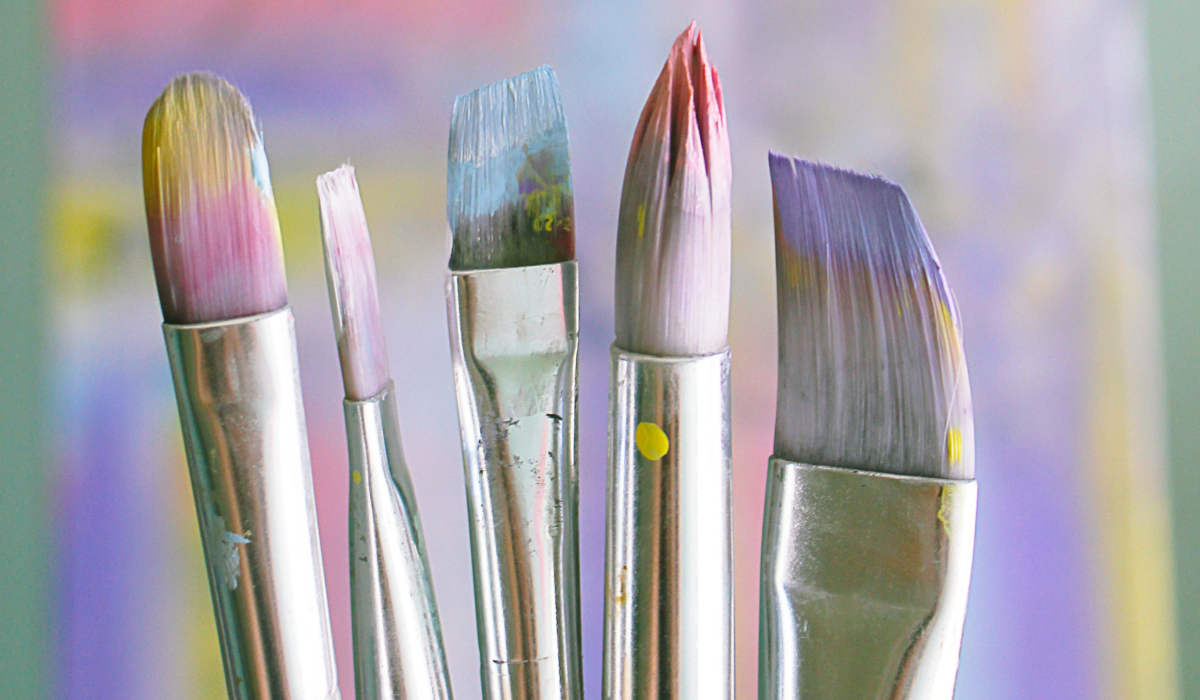

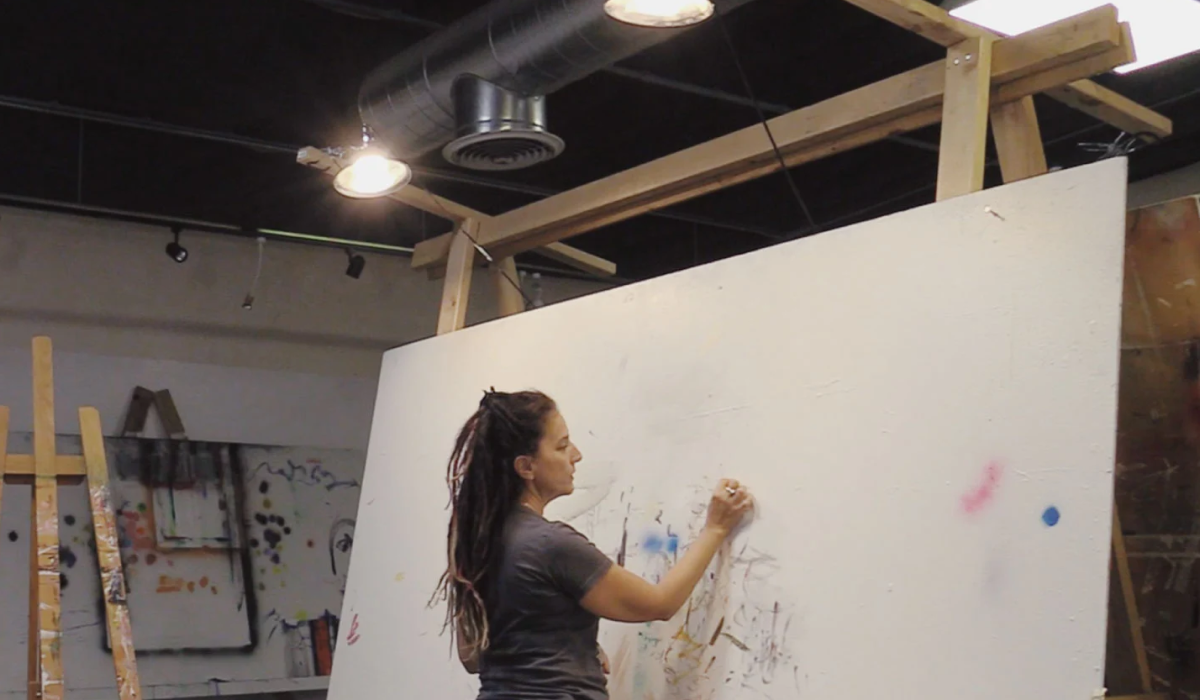
Post a comment